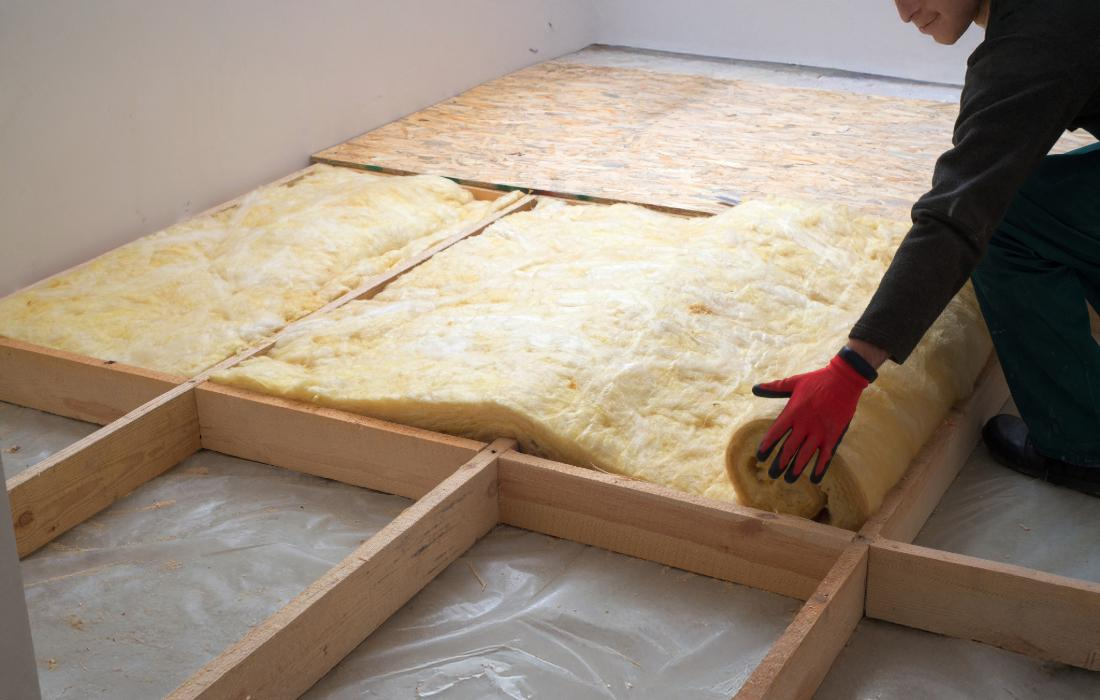Insulation Insights: Deep Dive into Materials and Methods for a Cozy & Efficient Home

In our previous post, we introduced the concept of thermal insulation and its importance for maintaining a comfortable and energy-efficient home in Cyprus. Now, let's go beyond the basics and explore the fascinating world of insulation materials and installation methods.
Understanding R-Value: Your Insulation's Report Card
Before we delve into specific materials, it's important to understand R-value. This measurement indicates the material's resistance to heat flow. The higher the R-value, the better the insulation's performance in preventing heat transfer. Choosing the right R-value depends on your climate, the area being insulated, and your budget.
Insulation All-Stars: A Closer Look
-
Spray Foam Insulation:
- Pros: High R-value, excellent air sealing capabilities, can reach tight spaces, moisture resistant.
- Cons: More expensive than other options, requires professional installation.
- Ideal for: Attics, crawl spaces, walls with irregular framing.
-
Fiberglass Insulation:
- Pros: Cost-effective, readily available, easy to install in batts or rolls.
- Cons: Lower R-value than spray foam, can settle over time, requires protective gear during installation.
- Ideal for: Attics, walls, floors.
-
Rockwool Insulation:
- Pros: Excellent fire resistance, good soundproofing properties, made from sustainable materials.
- Cons: Can be more expensive than fiberglass, requires protective gear during installation.
- Ideal for: Exterior walls, interior partitions, around fireplaces.
-
Extruded Polystyrene (XPS) Insulation:
- Pros: High R-value, moisture resistant, durable, can be used in various applications.
- Cons: More expensive than fiberglass, not as effective at air sealing as spray foam.
- Ideal for: Foundations, basement walls, flat roofs.
Installation Methods: Finding the Right Fit
- Loose-Fill Insulation: Blown into attics or wall cavities using specialized equipment.
- Batt and Roll Insulation: Pre-cut batts or rolls are fitted between framing members.
- Spray Foam Insulation: Sprayed into place, expanding to fill gaps and create an airtight seal.
- Rigid Foam Board Insulation: Installed in sheets or boards, often used for exterior walls or foundations.
Beyond the Materials: Air Sealing for Optimal Performance
Even the best insulation can be compromised by air leaks. Proper air sealing around windows, doors, and other openings is crucial to prevent heat loss and maximize energy efficiency.
Home Reborn Pro: Your Insulation Experts
Choosing the right insulation and installation method can be overwhelming. At Home Reborn Pro, our team of experienced professionals can assess your needs, recommend the best solutions for your home, and ensure proper installation for optimal performance. Contact us today for a free consultation and let us help you create a cozy and energy-efficient home!